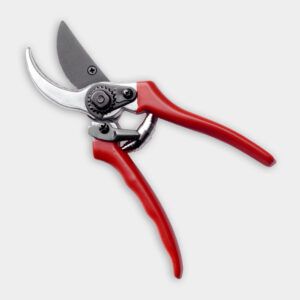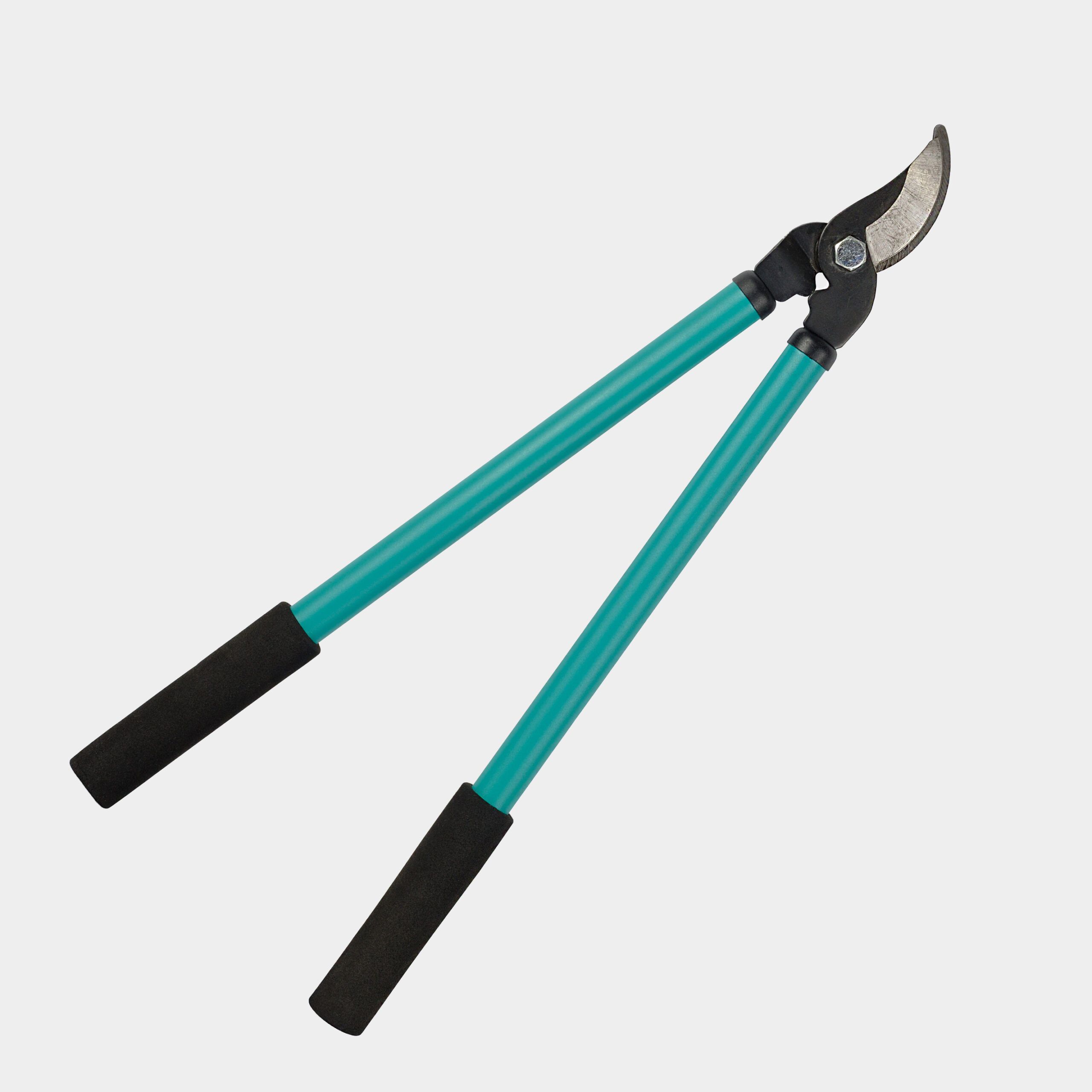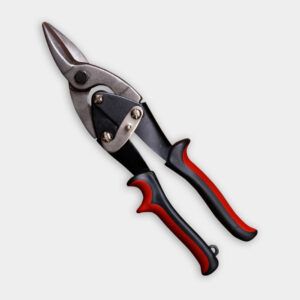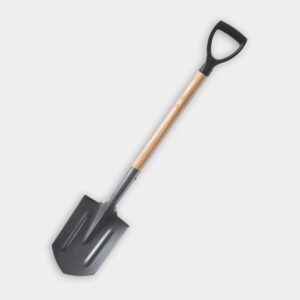Pruning fruit trees can keep the plants healthy, productive, and more likely to produce fruit. It can also improve air circulation, whether you have apple trees, cherry trees, or pear trees. Read how to correctly prune a fruit tree in our step-by-step guide below, and watch the video above for tips from This Old House landscape contractor Roger Cook.
Understanding the Importance of Pruning
Pruning a fruit tree can significantly improve the plant’s health and productivity. Read more about the benefits of pruning below.
Benefits of Proper Pruning
Properly pruning fruit trees leads to the following benefits:
- Better light penetration
- Easier harvesting
- Enhanced fruit quality and size
- Improved air circulation
- Reduced risk of disease and pest infestations
Timing Your Pruning
The best time to prune most fruit trees is late winter or early spring, when the plants are mostly dormant, and before new growth begins. Pruning during off-seasons allows the tree to heal quickly and reduces the risk of disease transmission. It also helps the tree to maintain energy and produce robust and healthy fruit.
Essential Tools for Pruning Fruit Trees
Gather the tools and materials below to effectively and safely prune your fruit tree.
- Bypass loppers for thick branches
- Bypass pruning shears for small branches
- Gloves and safety glasses for protection
- Long-handled loppers for reaching high branches
- Pruning saw for large limbs
- Sanitizing solution to clean tools between cuts and prevent the spread of disease
Step-by-Step Guide To Pruning a Fruit Tree
Follow the steps below to properly prune your fruit tree:
- Assess the tree’s overall structure and identify branches that need removal.
- Remove any dead, diseased, or damaged branches.
- Cut out branches that rub against each other or cross through the center of the tree.
- Thin out dense areas to improve air circulation and allow light to penetrate more easily.
- Trim the top of the tree to control its vertical growth and encourage lateral growth.
- Step back periodically to assess your progress and make sure your pruning is balanced.
Identifying and Pruning Problem Branches
Look for the potential issues below when you’re pruning branches:
Rubbing Branches
Branches that rub against each other can cause damage to bark, and create entry points for pests and diseases. Remove the smaller or less desirable branch.
Vertical Branches
Thick, vertical branches can compete with the central leader and disrupt the tree’s structure. Remove these to maintain the tree’s shape and promote better fruit production.
Crowded Center
A crowded center can limit air circulation and prevent light from successfully penetrating. Thin out smaller branches in the center of the tree to open up its structure.
Pruning Techniques for Different Types of Cuts
Different situations call for different pruning techniques. Below are the main types of cuts you’ll need to master.
Thinning Cuts
Thinning cuts involve removing an entire branch back to its point of origin. This type of cut opens up the tree’s canopy and improves air circulation.
Heading Cuts
Heading cuts involve shortening a branch by cutting it back to a bud. Use this technique to control a tree’s size and shape and to encourage branching. Make heading cuts just above a bud that faces the direction in which you want the new growth to extend.
Reduction Cuts
Reduction cuts involve shortening a branch by cutting it back to a lateral branch. Use this technique to reduce the overall size of the tree while maintaining its natural shape. This technique also encourages the growth of side branches, which may bear more fruit.
Additional Care for Fruit Trees
Pruning is just one way to care for fruit trees. Read about more ways you can protect your fruit tree below.
Protecting the Trunk
Wrap hardware cloth around the trunk to protect it from deer rubbing and rodent damage. This simple step can prevent significant harm to your tree.
Proper Watering
Remove grass from around the tree’s drip line and apply a 2- to 3-inch layer of mulch to conserve moisture. Wrap a soaker hose around the base of the tree to efficiently water the tree during dry periods. You must consistently water the tree to prevent stress and minimize the risk of disease.
Fertilizing
Apply a balanced fertilizer in early spring before new growth begins. Follow the manufacturer’s instructions for application rates, and consider your tree’s size and age. Monitor your tree’s growth and adjust the fertilization schedule as needed. Over-fertilizing can cause excessive vegetative growth at the expense of fruit production.
Training Young Trees
Training young fruit trees can help to establish strong structures and make future pruning easier. Use stakes and ties to guide the growth of young branches. Start training the plants in the first year of planting and continue training for the first few years.
Common Mistakes To Avoid When Pruning Fruit Trees
Avoid the common errors below while you’re pruning your fruit trees:
- Leaving stubs: Always cut branches back to their point of origin or to a lateral branch.
- Over-pruning: Remove no more than one-third of the tree’s branches in a single year.
- Pruning at the wrong time: Avoid pruning during the growing season, as this can stress the tree.
- Topping: Avoid cutting off the top of the tree, as this can lead to weak, bushy growth.
- Using dull or dirty tools: Always make sure your pruning tools are sharp and clean before you start pruning.
Addressing Specific Fruit Trees
Different fruit trees call for different pruning strategies. Below are guidelines for a few common varieties:
Apple Trees
Apple trees benefit from a central leader structure. This means a single main trunk should run through the center and feature several lateral branches. Remove vertical suckers and any branches that compete with the central leader.
Peach Trees
Open-center or vase-shape structures are best for peach trees. These encourage air circulation and allow sunlight to penetrate the tree. Remove any branches that grow toward the center of the tree and space out scaffolding branches evenly.
Pear Trees
You should prune pear trees so that they feature a central leader structure. They typically require less pruning than other tree types because they grow upright. Remove any water sprouts and overly vigorous branches.
Cherry Trees
You can prune cherry trees so that they feature a modified central leader or have an open-center structure. Focus on balancing the shape of the tree and remove any crossing or shaded branches.




